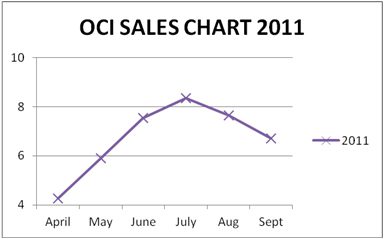On Tuesday, March 26, the president signed a continuing resolution (CR) that provides definitive appropriations for all federal agencies for the remainder of Fiscal Year 2013. It matters not so much that this CR retains the full $85 billion sequestration. What matters most is that all the federal agencies and military services now have their appropriations in hand.
Now that the agencies and services know the exact amount of dollars they have to spend, the period of confusion and indecision is over. Procurement personnel, from the contract specialists to the assistant secretary level, can now move forward with confidence. As a result, proposal activity should begin to flow at a rate approaching normal speed for the season.








